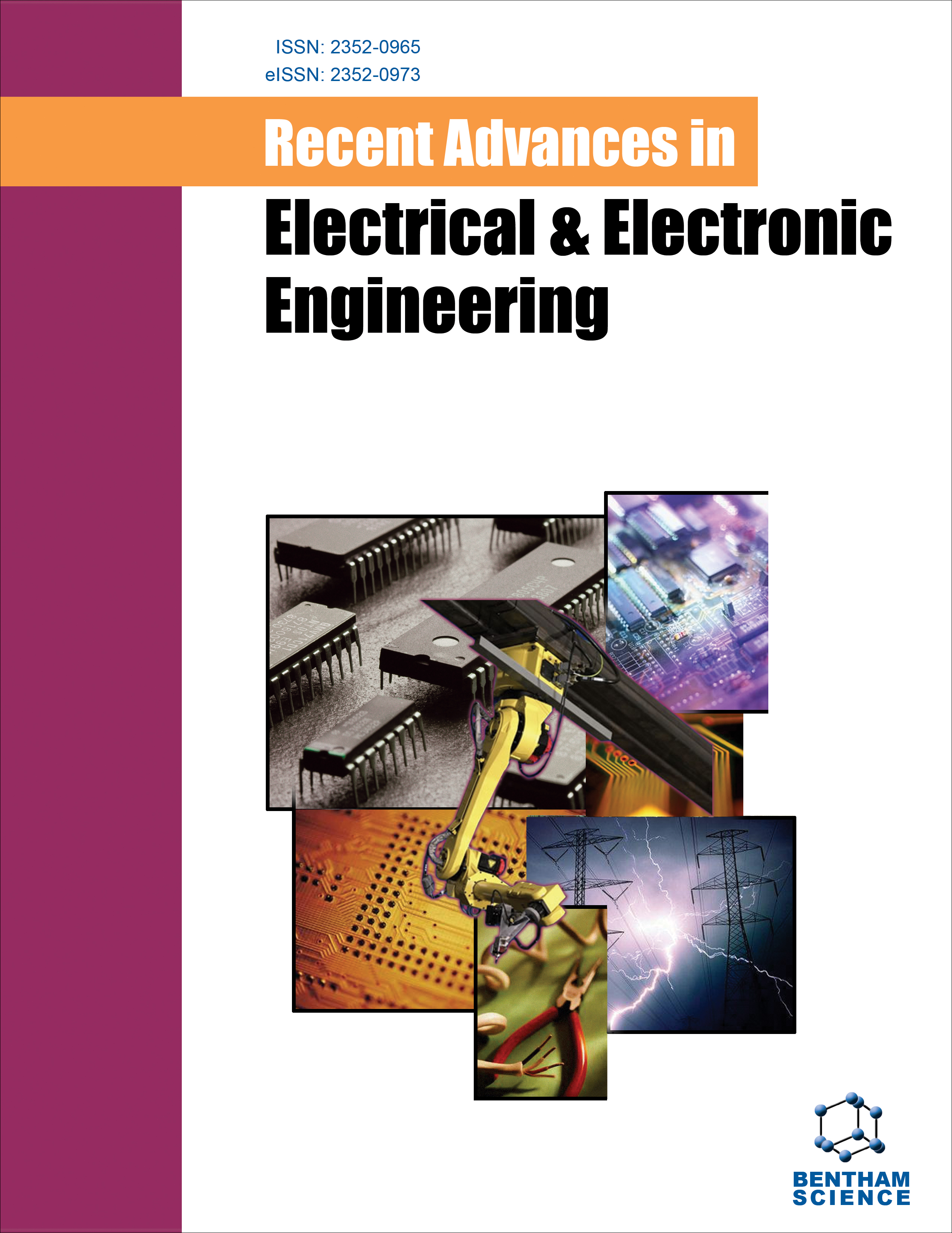
Full text loading...

Arc fault has become an increasingly prominent problem affecting the safe operation of power distribution networks. Research on arc fault detection can effectively reduce electrical fire accidents caused by arc faults, which is of great significance for ensuring the safe and reliable operation of power distribution networks.
In this paper, an arc fault detection method based on current convolution is proposed for single-phase AC series arc faults. Firstly, the phase of the measured phase current is acquired through the phase-locked loop. Then, the measured phase current is convoluted with the standard sinusoidal signal whose phase is the same as the measured phase current, and the DC component is obtained by low-pass filtering.
The occurrence of an arc fault is recognized by detecting the change in the DC component.
Finally, the simulation results verify that the proposed method can detect the arc fault quickly and accurately.